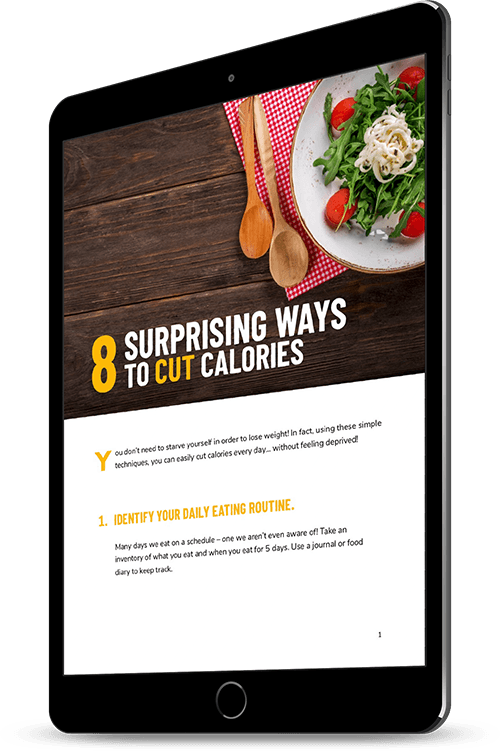Anatomy of a Marketing Funnel

 This is the first of a series of articles I will be publishing on the Anatomy of a Marketing Funnel. Now, the word “Anatomy” is defined by Wikipedia as “the branch of biology concerned with the study of the structure of organisms and their parts.” We see an example of this in anatomy of the Human body which involves the study of the entire structure of a human being, from head to toe, and even includes the various types of cells that make up the Human body.
This is the first of a series of articles I will be publishing on the Anatomy of a Marketing Funnel. Now, the word “Anatomy” is defined by Wikipedia as “the branch of biology concerned with the study of the structure of organisms and their parts.” We see an example of this in anatomy of the Human body which involves the study of the entire structure of a human being, from head to toe, and even includes the various types of cells that make up the Human body.
In a similar vain, in this series on the anatomy of a Marketing Funnel, I will be concerned with the study of the entire structure of a marketing funnel, also known as a sales funnel, from start to finish. I will begin by answering the question “What is a marketing funnel?” and proceed to shed light on why the marketing funnel is fundamental to the process of selling things on the internet. However, as with Human anatomy, the marketing funnel is such a vast area of study that it will not be possible for me cover everything about it here. Therefore, my series will only touch on the main elements of a marketing funnel and how these work together in converting prospective buyers to customers in any online business.
What is a Sales Funnel?
A sales or marketing funnel is the process by which prospective customers are taken from initial contact to finally becoming customers when they buy your product or service. Each stage of the funnel relates to the prospective customer’s readiness to buy. As they move further into the funnel the more they become ready to buy.
The concept of the sales funnel derives from the fact that there are basically three types of people you will interact with during a sales process, namely:
(1) Leads
(2) Prospects
(3) Customers.
A lead is someone you may decide to pursue for a sale because they form part of a group that is likely to have an interest in your product or service. Depending on your industry and market, it may be possible to identify highly qualified leads that form part of a more focused group that are more likely to become customers because of a closer association with your product or niche. The word niche is used to describe a specific area of interest within a much larger group or market. An example of a niche is dog training, which is a specific area of interest within the pets market. Therefore, if you sell pet products then someone who owns a pet would be a qualified lead compared with someone who just happens to like animals. Similarly, if you are involved in selling dog training products, then someone who owns a new dog or puppy will be a more qualified lead that someone who is a pet owner but does not have a dog .
The term prospect is often used interchangeably with qualified lead, but conceptually a prospect is someone who may have had some contact with you or your organisation and is therefore more “warmed” to the idea of buying from you. In this sense all prospects are leads but not all leads are prospects.
Well, we all know what customers are. Suffice to say that there are first time customers and there are repeat customers.
The above groups of people fit into the form of a funnel as shown in the diagram below.
A Marketing Funnel
The leads sit at the top of the funnel because this is where we cast a wide net to capture as many leads as possible. Your market and marketing methods will determine how wide you cast your net and the quality of leads you bring to your sales funnel.
Not all leads will become prospects. The sales funnel is in a sense a leaky funnel because at some point some of the leads will be removed from the funnel, either through lack of interest on their part or you may decide not to pursue them because they somehow do not fit.
Only people that are interested in your product or service, your qualified leads, will become prospects. It is a numbers game, period. The more leads you bring to your funnel, the more prospects you will have.
The last piece of the sales funnel is that an even smaller percentage of interested prospects will become customers by purchasing from you.Therefore, the more prospects you have, the more customers you are likely to yield.
If follows from the proceeding discussion that the two principal goals you should have in mind when working your sales funnel are:
1. Find lots of leads to get as many people as possible into your sales funnel.
2. Increase the percentage of people that move from one level to the next down the funnel by removing the barriers to the sale. Examples of barriers include uncertainty about your product’s fit or value or a potential customer’s budget constraints.
In the next article of this series we will look at how to set up a marketing funnel and explain how all the constituent parts work together to convert leads into prospects that are ready to buy.
CLICK HERE to Explore Our Free Online Courses
 Daily Gratitude
Daily Gratitude  Sensitive Side
Sensitive Side  Open and Authentic
Open and Authentic 


Responses